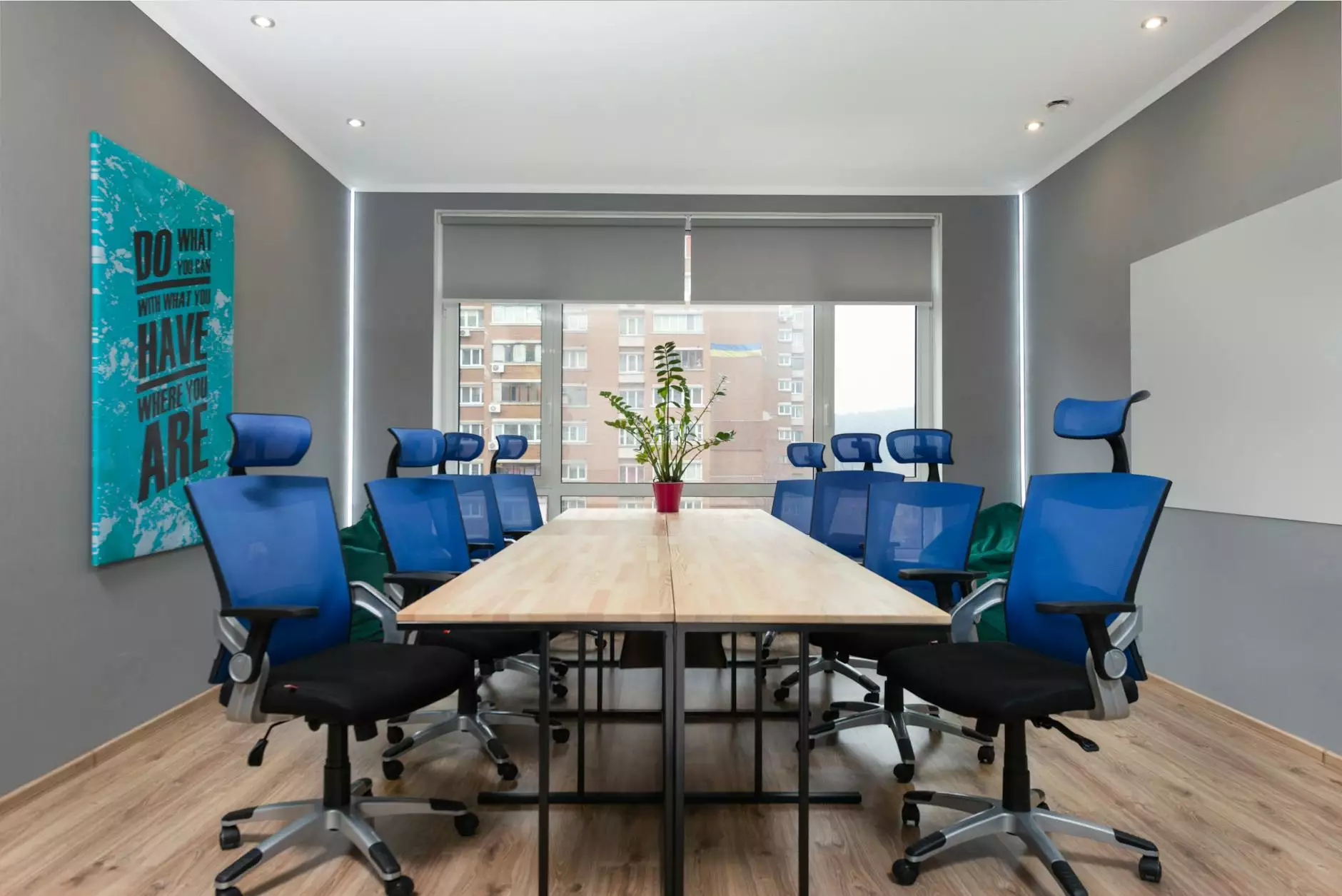How to do Local SEO for Your Gym
Web Design
Introduction
Welcome to SMI Webdesign's comprehensive guide on how to do local SEO for your gym. In today's competitive online landscape, it's essential to optimize your gym's online presence to attract potential customers and outrank your competitors. With our expertise in website development and SEO, we'll show you the most effective strategies to boost your gym's visibility in local search results.
1. Understanding Local SEO
Before diving into the implementation of local SEO for your gym, let's first understand what it entails. Local SEO focuses on optimizing your online presence to increase visibility for location-based searches. When people search for gyms or fitness centers in your area, your goal is to appear prominently in local search results, attracting potential customers who are looking for fitness solutions nearby.
1.1 Keyword Research
Keyword research is the foundation of any successful local SEO strategy. Start by identifying the keywords and phrases your target audience is likely to use when searching for a gym in your area. Utilize keyword research tools, such as Google Keyword Planner or SEMrush, to identify relevant keywords with high search volumes and low competition.
1.2 On-Page Optimization
Once you have a list of targeted keywords, incorporate them strategically into your gym's website content. Optimize your website's meta tags, including title tags and meta descriptions, to include relevant keywords and accurately describe your gym's offerings. Implement keyword-rich headings and subheadings throughout your website's pages to enhance both user experience and SEO.
2. Creating High-Quality Content
High-quality and engaging content is crucial for attracting and retaining visitors to your gym's website. Create informative blog posts, articles, and resources that address common fitness-related questions and concerns. Focus on topics that are relevant to your local audience, such as "The Benefits of Joining a Local Gym" or "Top Fitness Trends in [Your City]."
2.1 Localized Landing Pages
Create localized landing pages targeting specific areas within your city. For example, if you have multiple gym locations, create dedicated landing pages for each facility. Optimize these pages with unique content that highlights the unique features, amenities, and fitness programs offered at each location. Embed Google Maps and include the gym's address, phone number, and operating hours.
2.2 User-Generated Content and Testimonials
Encourage your satisfied gym members to leave reviews and testimonials on popular review platforms like Google My Business, Yelp, and Facebook. Positive reviews not only attract potential customers, but they also help improve your local search visibility. Consider offering incentives or rewards for members who leave reviews or share their fitness journey on social media, thus generating user-generated content.
3. NAP Consistency
NAP stands for Name, Address, and Phone number. It's crucial to ensure consistent NAP information across all online platforms, including your website, Google My Business profile, online directories, and social media profiles. Inconsistent NAP information can confuse search engines and potential customers, negatively impacting your local search rankings. Regularly audit and update your NAP information to maintain consistency.
4. Google My Business Optimization
Google My Business (GMB) is a powerful tool for local SEO. Claim and verify your gym's GMB profile to gain more visibility in local search results. Ensure your GMB profile is fully optimized with accurate business information, including category, description, website URL, working hours, and high-quality photos showcasing your gym's facilities. Encourage customers to leave reviews on your GMB profile.
5. Building Local Citations
Local citations are online mentions of your gym's name, address, and phone number on other websites and directories. Building local citations helps validate your gym's credibility and improve your local search rankings. Ensure your gym is listed accurately on popular platforms like Yelp, Yellow Pages, and Bing Places. Seek opportunities for relevant local sponsorships or partnerships to further enhance your online presence.
6. Social Media Engagement
Engaging with your local community through social media platforms can significantly boost your gym's visibility. Develop a strong social media presence by regularly posting engaging content, sharing fitness tips, and promoting gym events. Interact with your followers, respond to messages and comments promptly, and leverage paid social media advertising to reach a broader local audience.
Conclusion
Implementing a robust local SEO strategy for your gym can greatly enhance your online visibility, attract new customers, and stay ahead of your competitors. By following the tips and strategies outlined in this guide, you can optimize your gym's website, create compelling content, and engage with your local community effectively. Remember to regularly monitor and analyze your SEO efforts to make necessary adjustments and continue improving your gym's local search rankings.










